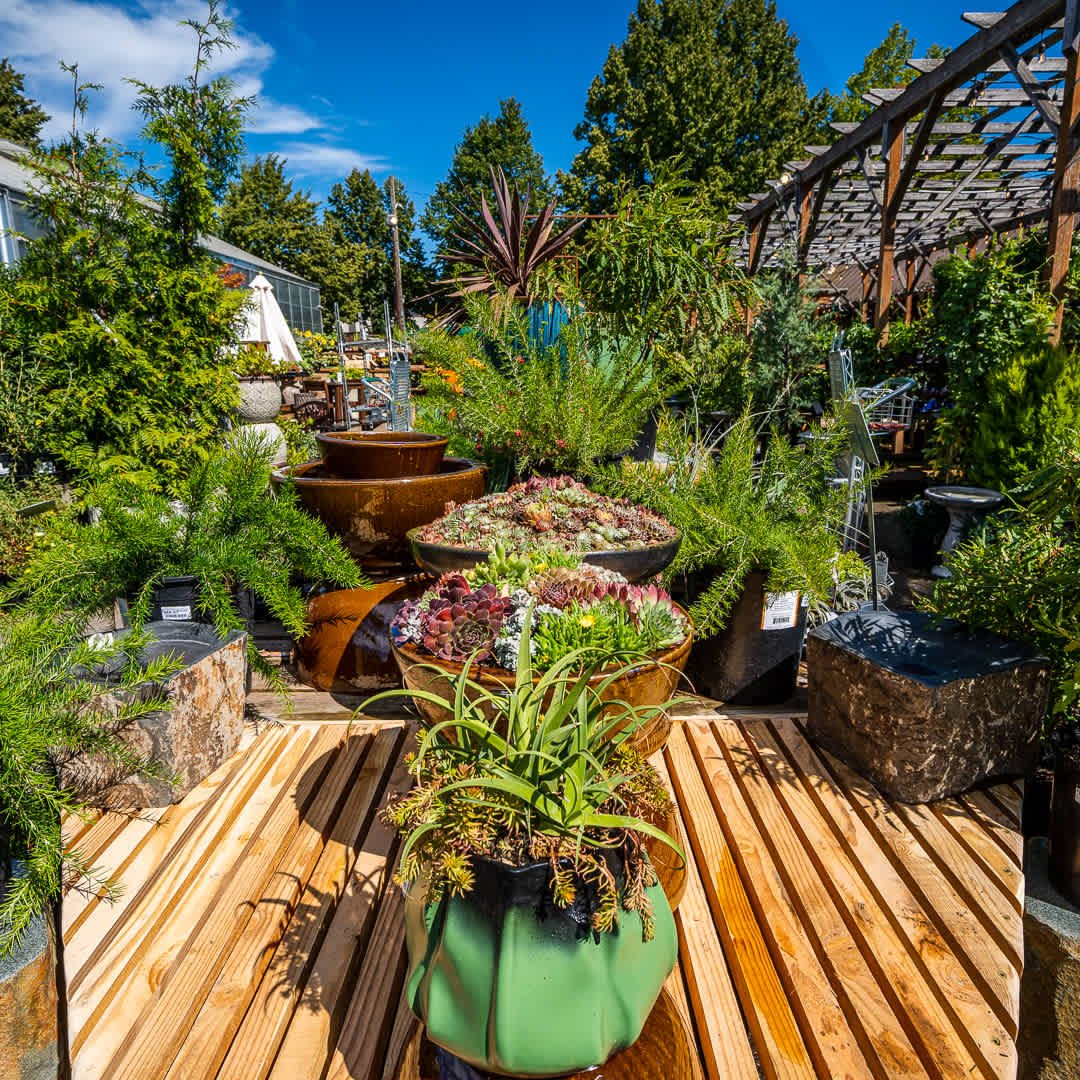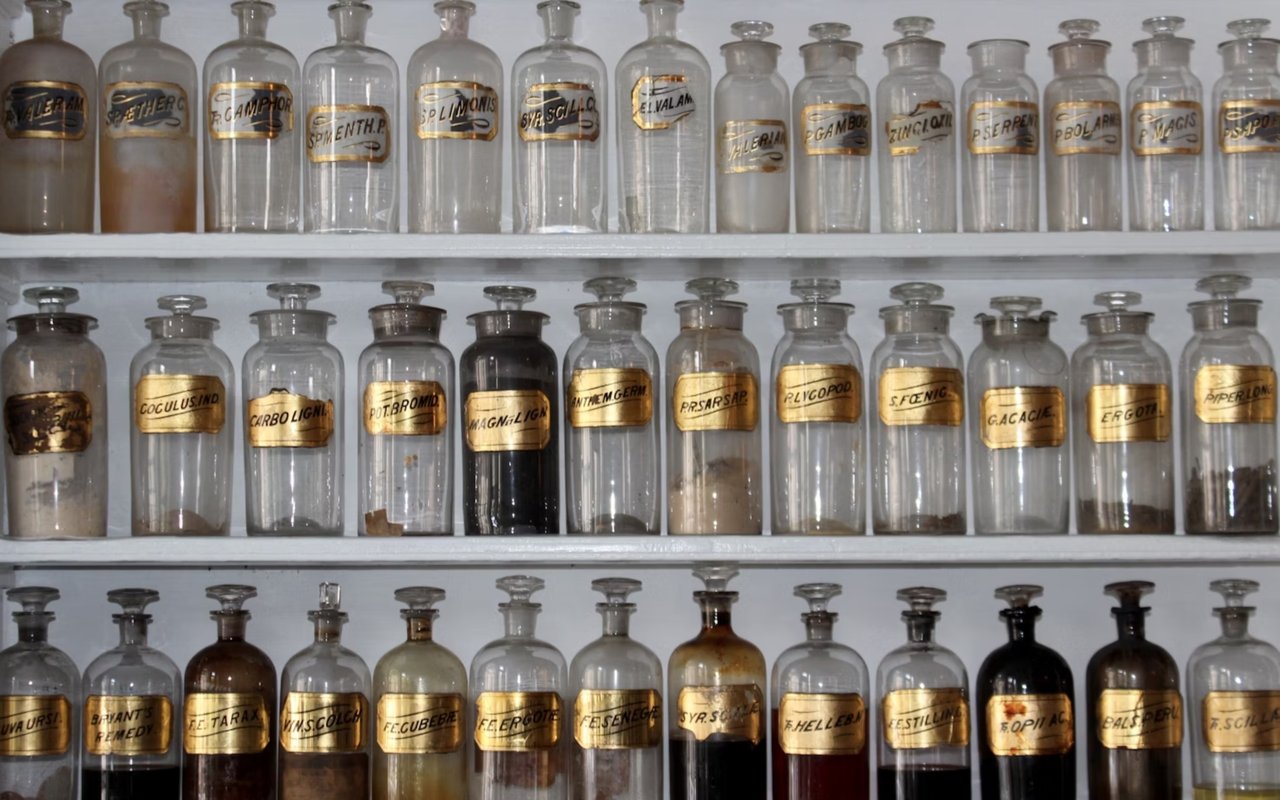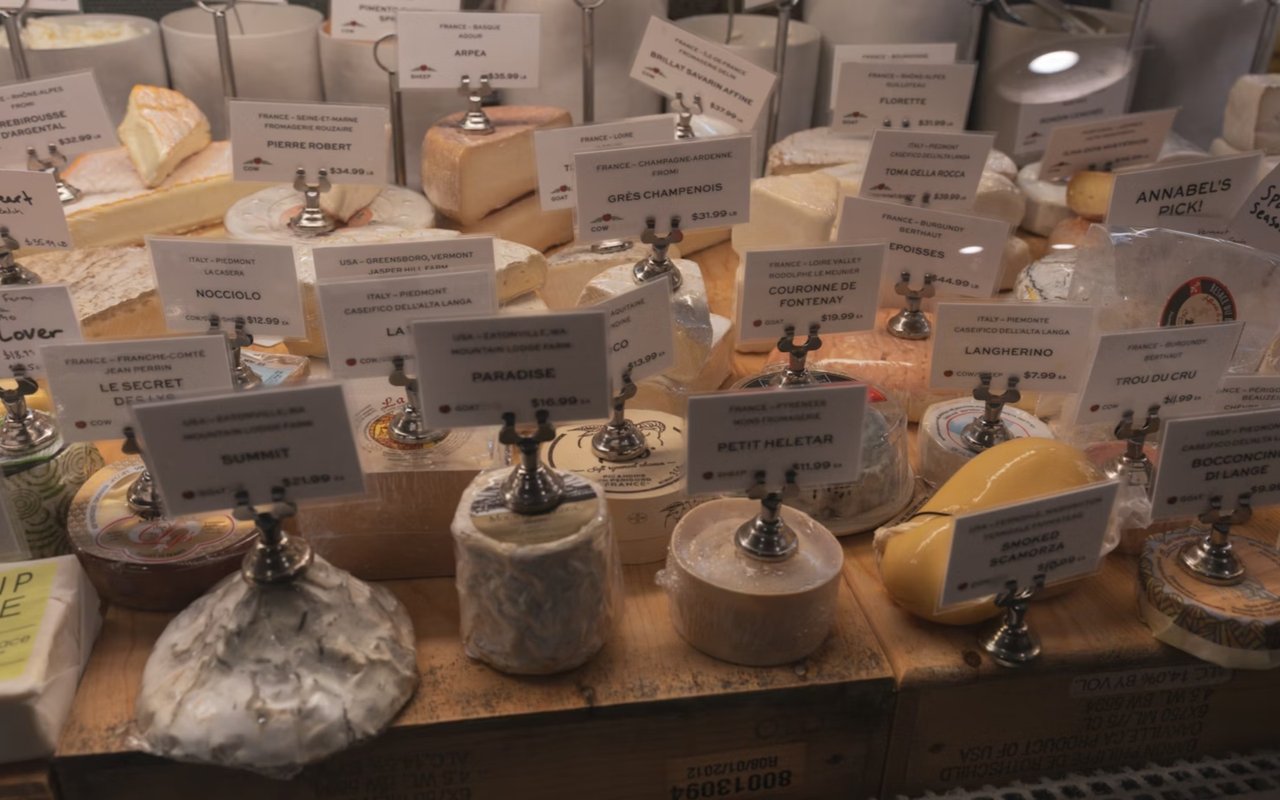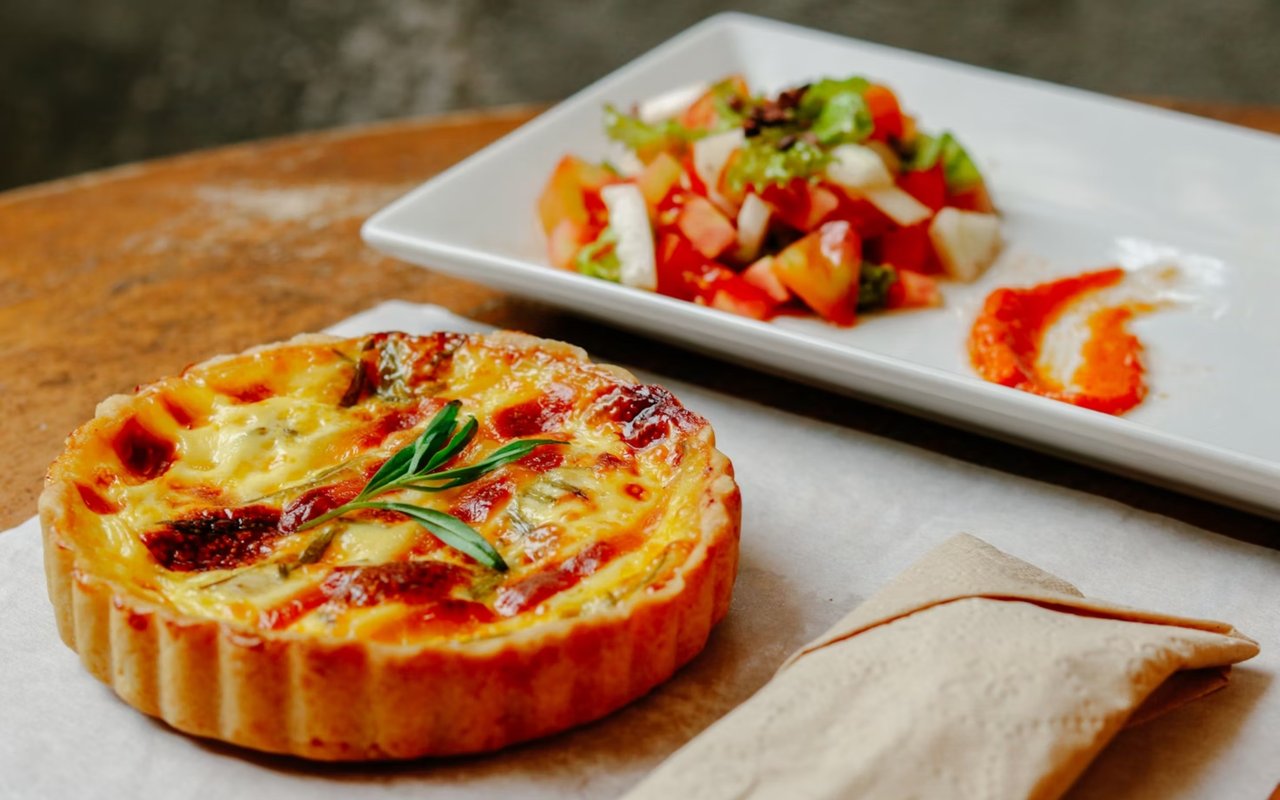LINK: Paging Through the Northwest
Amy Jones, Ensemble Contributor
Our recent list of tips for creating and enjoying outdoor living spaces recommended using plants to add visual interest, express style, and define outdoor “rooms.” The containers you place them in serve the same function; and while color, shape, and size options are almost endless, one of your first considerations should be the material they’re made of.
Beyond aesthetics, think about where they’re placed (shade or sun?), if and how often you might move them (whiskey barrel planters full of potting soil are no joke), the sturdiness of the surface on which they’ll be placed, and how frequently you want to water.
Because terra cotta clay is porous, its high absorbency can suck water away from plants, requiring more frequent watering. They’re also more prone to cracking in cold winter months, as well as to staining from lime, soil, and moss – all of which can be plusses if you’re after a weathered, antique look.
Ceramic-glazed clay pots offer an infinite variety of colors and can be sculptural artworks in themselves. They’re largely weather resistant, and their thick walls insulate roots better than many other materials.
Metals in a single tone or a mix of types provide a sleek look and the widest variety of weight options – and they’re weather resistant. Cast iron pots and planters look great and work well in windy areas – a great choice if you don’t plan to move them much. Galvanized, Corten, and stainless steels are lighter, but do absorb heat, drying soil (and potentially roots) quicker than other materials. They’re also prone to rust in our rainy environment.
Concrete pots are durable and can be patinaed, pigmented or stained for a range of effects and styles. Concrete is also extremely heavy and subject to chipping when moved, so best used in more permanent locations on solid ground versus rooftop or upper deck gardens.
For areas with less support, plastic pots are lightweight and inexpensive. And they don’t have to look like plastic – high quality resins can mimic terra cotta, cast iron, stone, and concrete.
Beyond lending themselves well to clean, contemporary designs, fiberglass planters have much to recommend them – they’re light enough for terraces and upper-decks, available in myriad shapes and colors, and tolerate freeze/thaw cycles. Fiberglass is more expensive than concrete, but less than most terra-cotta pots.
There’s no denying wood planters are a natural and beautiful choice, with tones and grains that can skew modern or traditional. Its medium weight allows for placement in a range of areas, but its durability depends on wood type. As a rule, the most durable woods (such as cedar) are the most expensive. Regardless, they will require more maintenance, needing regular resealing. Note: Avoid (or carefully research) planters made with treated woods if you plan to use them for growing edible plants, as chemicals can leach into the soil.





